
If you're interested in converting a rechargeable peticure nail grinder to run on lithium batteries, this article might be just what you need.
This type of peticure tool is typically used for grinding pets' nails and has a pretty simple internal structure. So what do you do if the battery is dead, the motor lacks power even when plugged in, and you're only left with a usable shell and spindle? Let's walk through how to upgrade it.
Before starting, you'll need a 380-series motor typically used in small power tools. Let's dive in!
As shown in the image below, the internals are pretty basic—no transmission shaft, just a grinding head sleeve fitted directly onto the motor shaft. The original battery was a 3.6V Ni-Cd cell, but it's no longer functional.
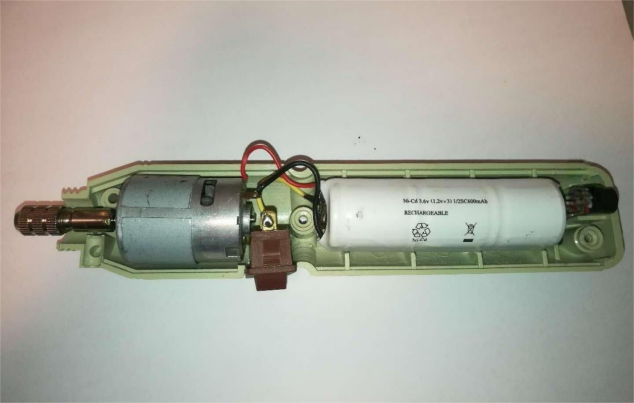
Battery removed.
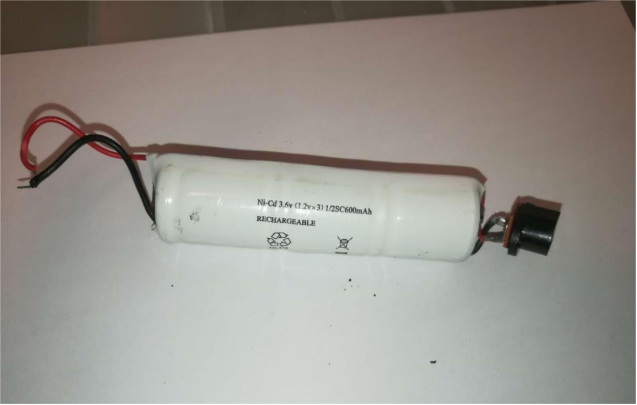
Here's the original motor. Just by looking at the coil, you can tell it's underpowered. The motor shaft is 2.3mm in diameter.

Here's the replacement motor, shown below. It comes with its own cooling fan. You can repurpose the original shaft sleeve by knocking out a 2mm drill bit shank and fitting it onto the new motor.
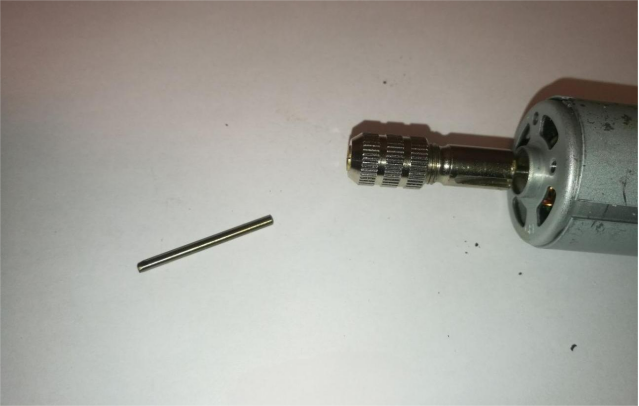
As for the battery, you can swap in a high-drain 18650 lithium cell. If the handle is a bit too tight to fit it in, you can make a small cutout—this will let the cell and casing fit flush, allowing you to squeeze in two cells.
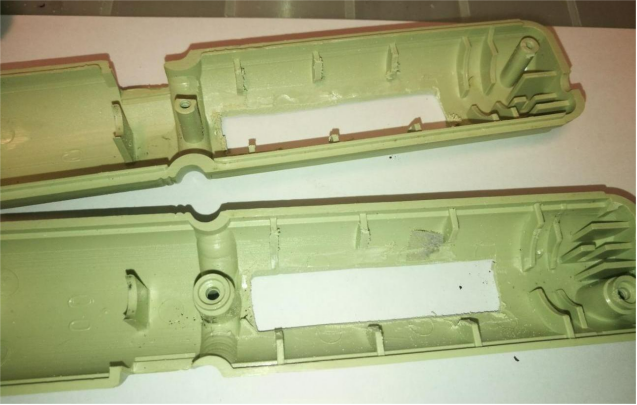
Here's what it looks like with the batteries installed—the battery pack sits almost flush with the casing and doesn't stick out much.
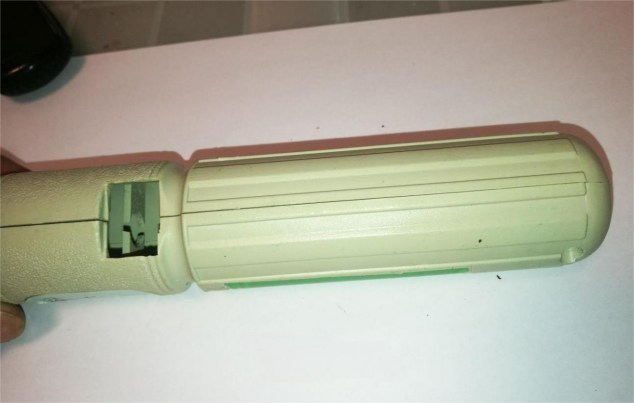
After soldering the wires, it's time to assemble. There's no battery protection circuit at this point, so you'll run it bare for now and add protection later.

Here's the fully assembled tool:

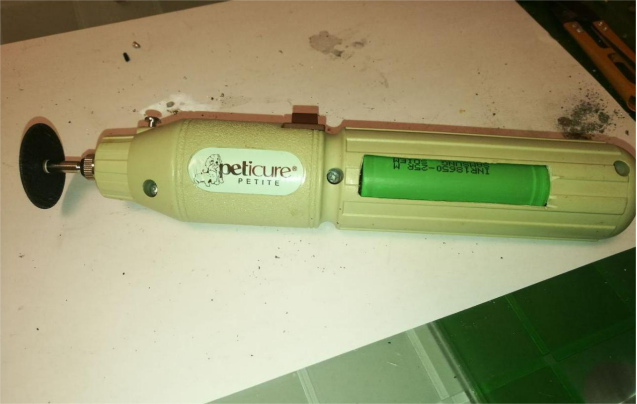
A power-on test shows that performance is excellent—comparable to a Black & Decker mini rotary tool.
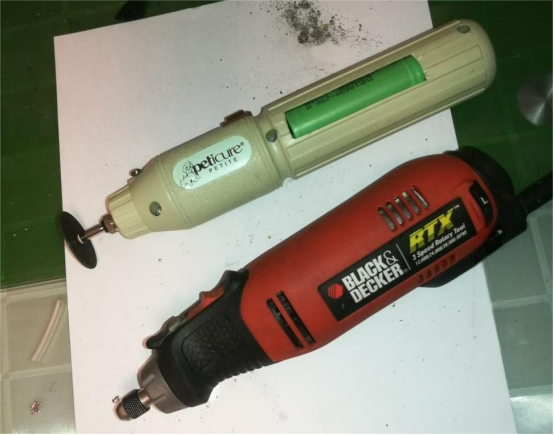
And finally, here's a look at the upgraded motor.
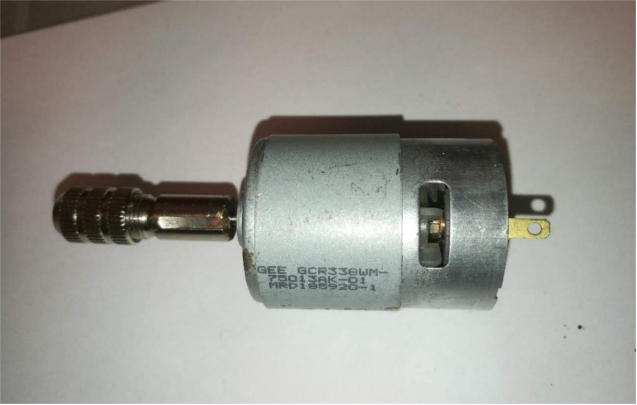
Done!




